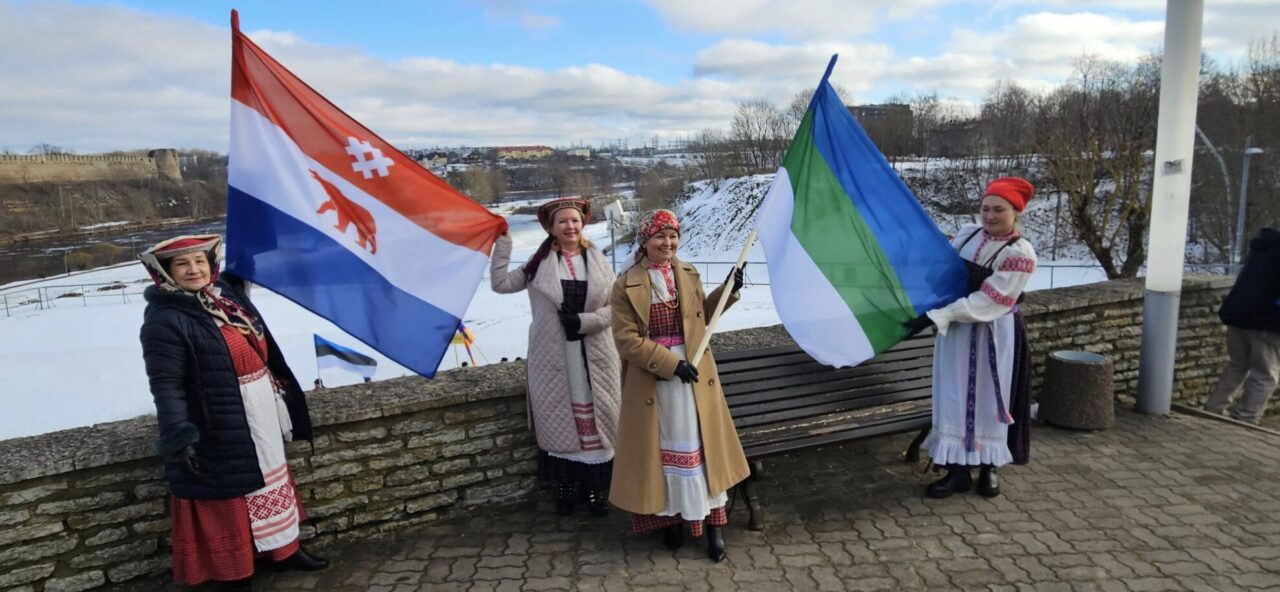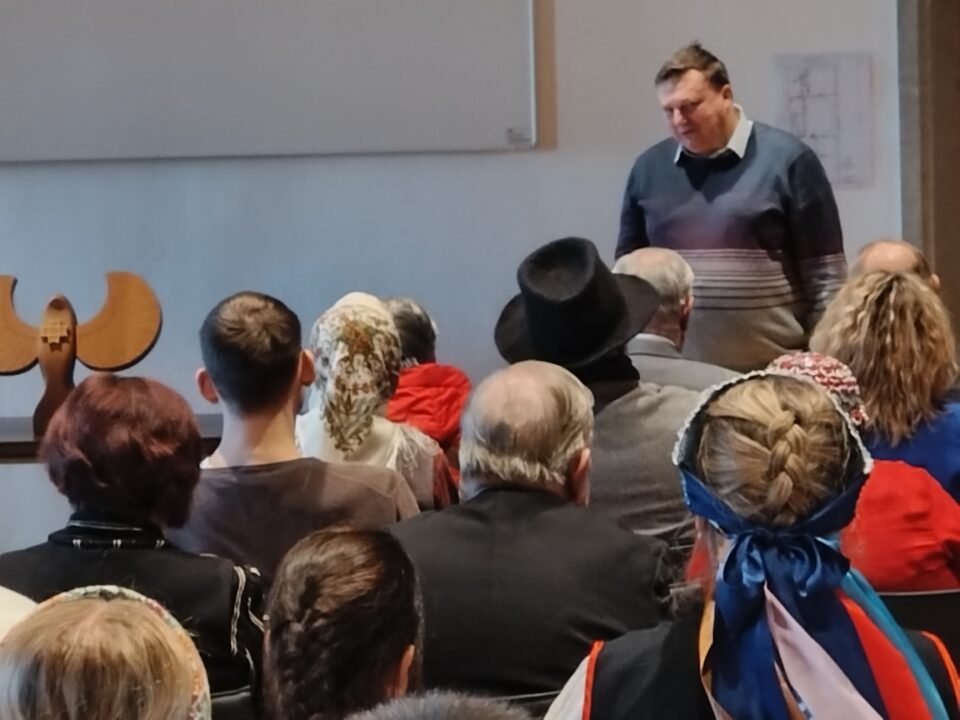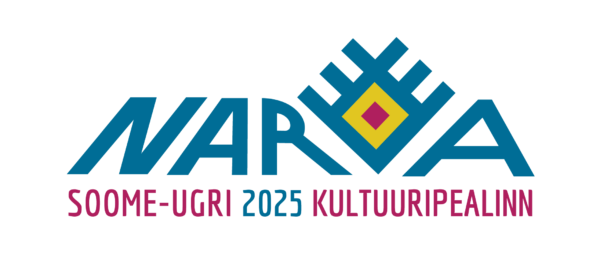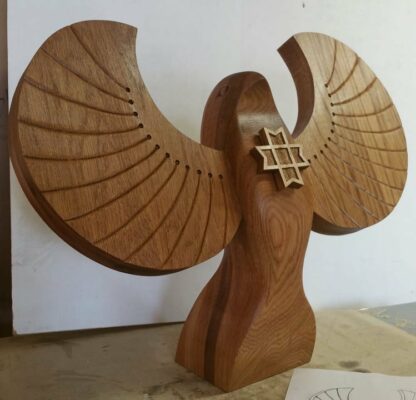Narva is the Finno-Ugric Capital of Culture 2025

Narva became the Finno-Ugric Capital of Culture on Saturday 1 March 2025, and the opening ceremonies were also covered by ERR.
The author of the report, Jüri Nikolajev, stressed that Narva is a predominantly Russian-speaking city, but with deep Finno-Ugric roots. Finnic tribes have lived there for centuries and the title of Finno-Ugric Capital of Culture could encourage people of Narva to seach for their roots.
‘Among the people who live in Narva, there are a considerable number whose ancestry is either Ingrian, Izhorian or Votic. It is still a part of identity’, Jaak Prozes, Fenno-Ugria’s advisor, told ERR.

‘There are a lot of people herre with Finno-Ugric roots, but everyone thinks they are Russian. Some don’t even know where their ancestors came from. It’s a good opportunity to find out about your biography and family origins’, said Ekaterina Kuznetsova, head of the Narva House of Ingria and organiser of Narva 2025.
There will be plenty of events on indigenous culture in Narva until the end of the year. Previous capitals of Finno-Ugric culture in Estonia include Obinitsa in Setomaa and Abja-Paluoja in Mulgimaa.

See the full list of events on the Narva 2025 website and Facebook page. On the Capitals of Culture, see Fenno-Ugria’s page.
See Fenno-Ugria’s first impressions of the events on our Facebook and Flickr.


